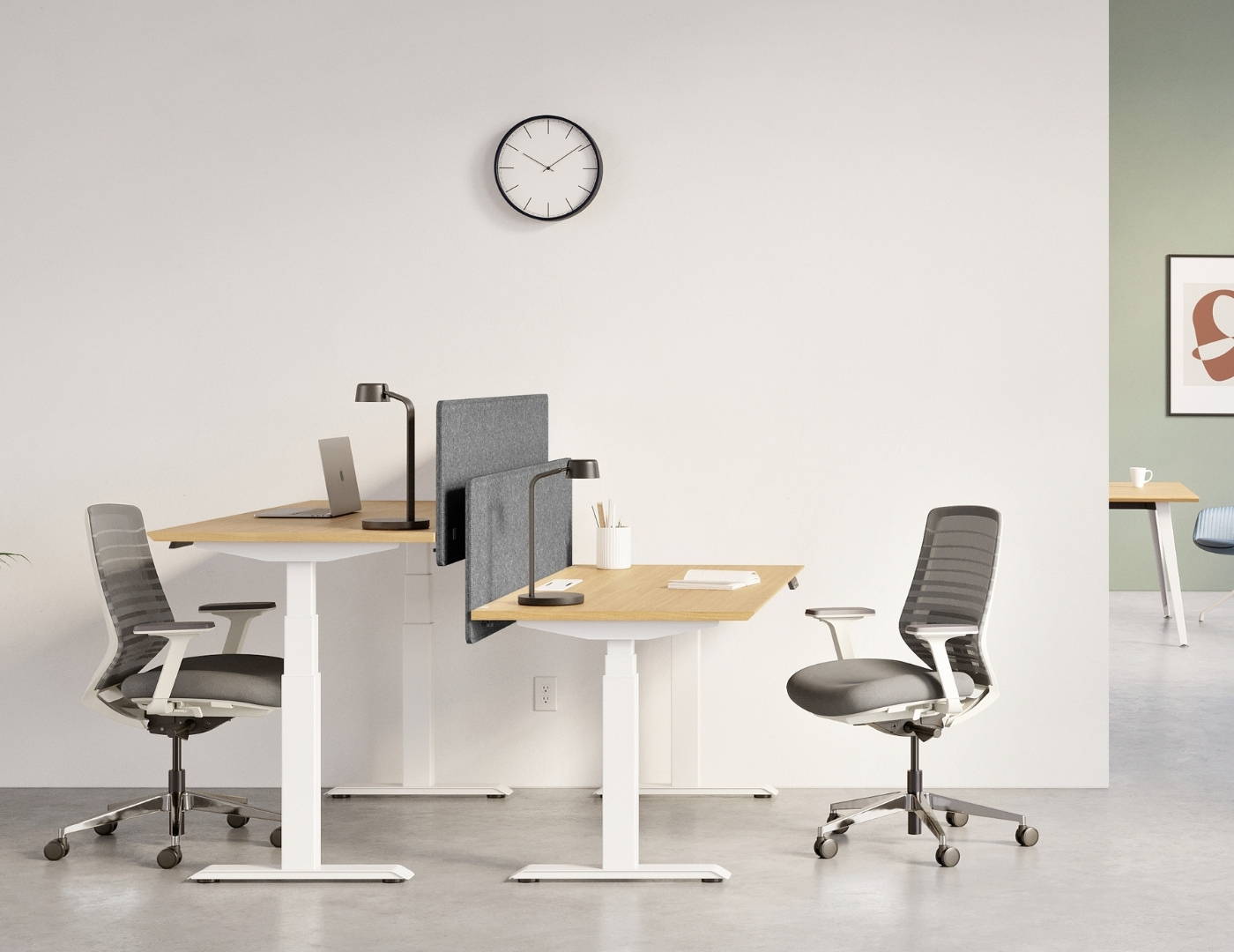You may have heard that bad posture can lead to an increased risk of health problems, while good posture can help you prevent or reduce issues like back and neck pain. And if you've been an office worker for long, you've probably heard coworkers sing praises of the health benefits of using a standing desk. But what can you actually expect, and is it really a game-changer to work in a standing position?
Standing desks help us combat the real issue with office life: a sedentary lifestyle and long periods spent sitting with poor posture with few interruptions. Many of the benefits of standing desks are the same as standing more and sitting less. For example, standing more often (which you can do using a sit-stand desk) may lower your risk for health issues such as:
- Weight gain and obesity
- Heart disease
- Metabolic issues and Type 2 diabetes
- Long-term mortality risk
- Cancer
- Upper and lower back pain
- Shoulder and neck pain
Using a standing desk is just one of many ways to break up long hours spent sitting. You can also reap health benefits like those highlighted above by breaking up your sitting time with walks and stretch breaks. That said, a standing desk is a convenient solution that can help you avoid slouching in your chair while you work for extended periods.
Standing more often can also improve your energy levels, productivity, mood, and muscle tone. If you have a desk job and you're working on your wellness, we recommend using an adjustable standing desk to give yourself more standing time and less time spent in your office chair.







